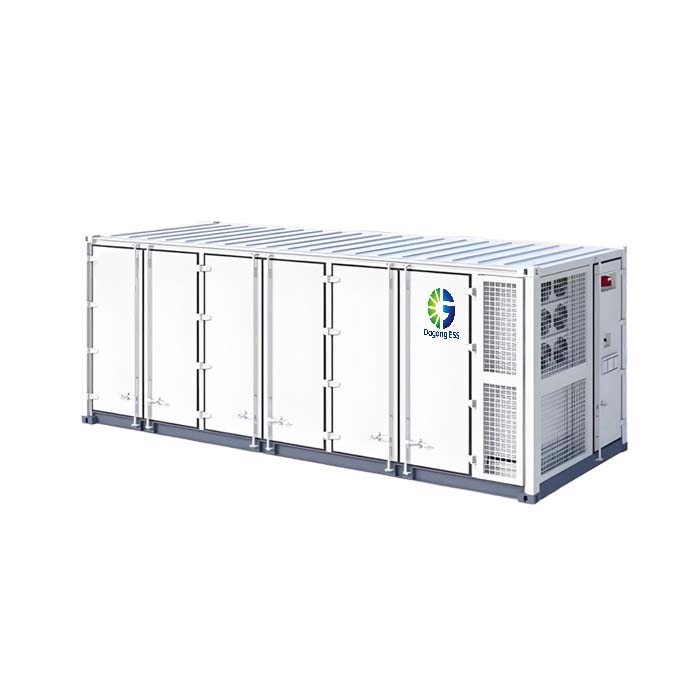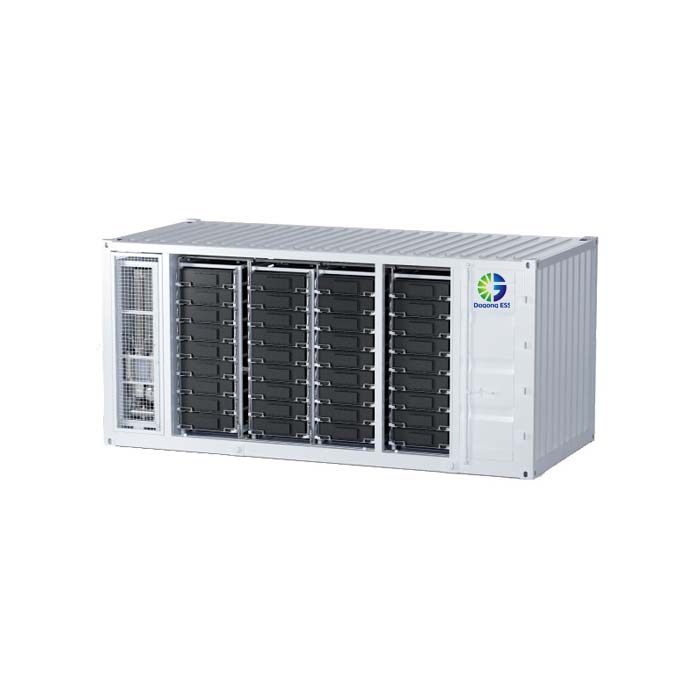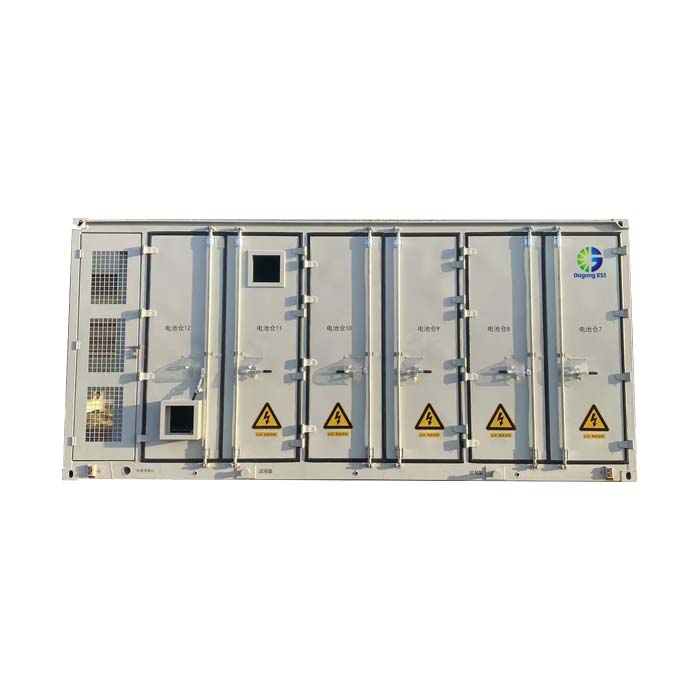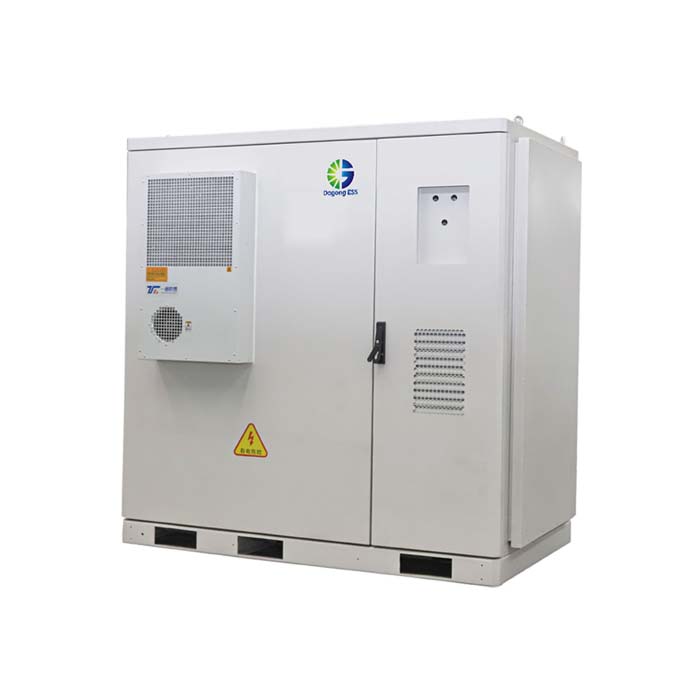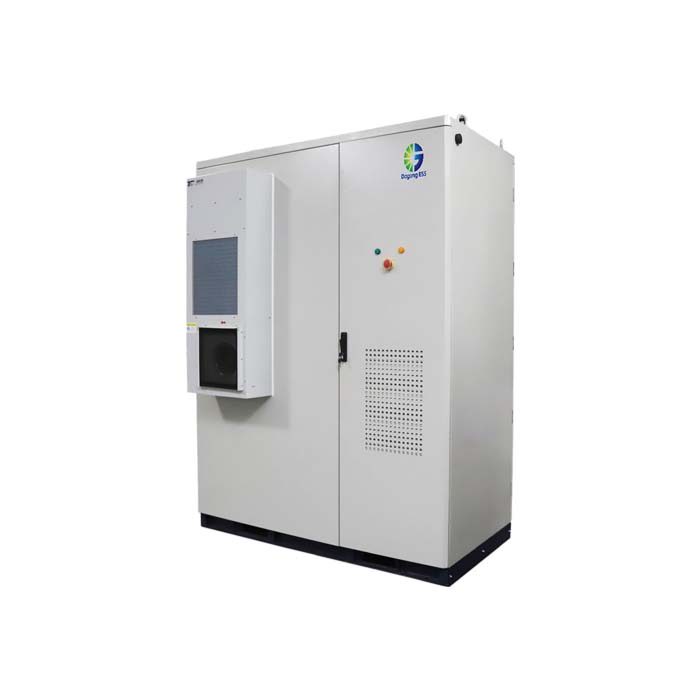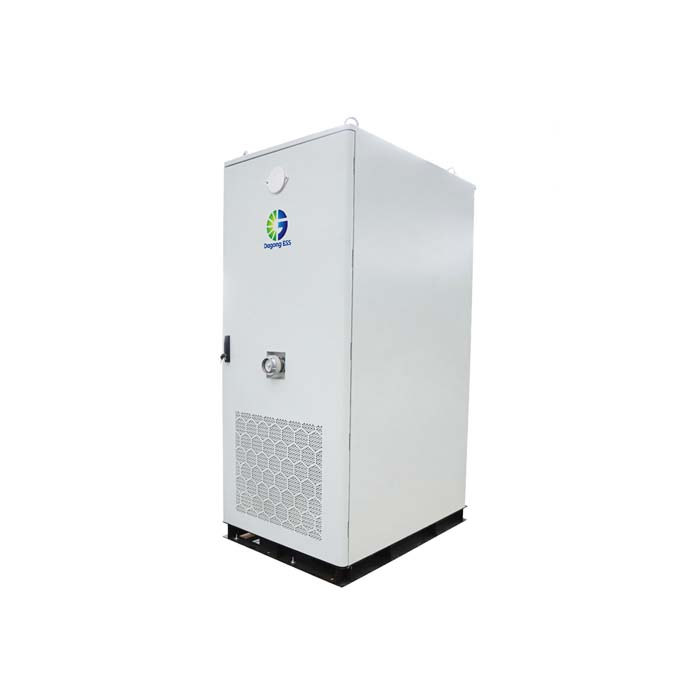Key Technologies of Energy Storage Systems
What is an Energy Storage System?
An Energy Storage System (ESS) is a comprehensive solution that stores electrical energy for use when needed. It plays a critical role in stabilizing power supply, integrating renewable energy, and enhancing grid reliability. The key components include batteries, battery management systems (BMS), energy management systems (EMS), power conversion systems (PCS), thermal management, and system enclosures.
Types of Energy Storage Technologies
Battery Technologies
Lithium Iron Phosphate (LiFePO₄ / LFP): Known for high safety, long cycle life, and thermal stability. Ideal for residential and commercial applications.
Nickel Manganese Cobalt (NMC/NCA): Offers higher energy density, suitable for mobile or space-constrained installations.
Lead-Acid: Low cost but limited lifespan and performance. Being phased out.
Sodium-Ion: Emerging technology with abundant raw materials and lower costs, currently in early commercialization.
Solid-State Batteries: Promising future tech with high safety and energy density.
Battery Management System (BMS)
Real-time monitoring of voltage, current, and temperature.
SOC (State of Charge) and SOH (State of Health) algorithms.
Passive Balancing: Simple but energy-wasting.
Active Balancing: Efficient energy redistribution for high-end systems.
Energy Management System (EMS)
Load forecasting and scheduling.
PV-storage-grid coordination.
Data visualization and remote control.
AI-powered strategies for peak shaving and frequency regulation.
Power Conversion System (PCS)
Includes inverters (DC/AC) and converters (DC/DC).
Supports on-grid, off-grid, or hybrid modes.
Compatible with various communication protocols (CAN, RS485, Modbus).
Thermal Management
Air Cooling: Cost-effective for small to medium systems.
Liquid Cooling: High efficiency for large-scale applications.
Phase Change Materials (PCM): Advanced solution with precise thermal control.
System Integration & Enclosure Design
Modular design for easy transport and expansion.
High IP ratings (IP54–IP67) for outdoor/industrial use.
Containerized ESS: 20ft/40ft containers for C&I or grid-scale projects.
Communication & Cloud Services
Real-time monitoring and alarm systems.
Cloud-based EMS platforms.
Support for OTA (Over-the-Air) upgrades.
Safety Technologies
Fireproof and explosion-proof battery design.
Integrated firefighting systems (e.g., gas suppression, thermal detection).
Multi-layer hardware-software protection redundancy.
Grid Connection Technologies
Compliant with global standards (IEEE 1547, UL 1741, CE, TUV).
Functions include grid frequency regulation, reactive power compensation, and black start.
Emerging Trends
Blockchain-based energy trading
Hybrid renewable systems (solar + wind + storage)
Carbon footprint and emission tracking integration
Features of Energy Storage Systems
Scalability and flexibility for different scenarios
Modular design and plug-and-play configuration
Remote operation and maintenance via smart platforms
Integration with solar PV, wind, or diesel generators
High round-trip efficiency and long cycle life
Price of Energy Storage Systems
The cost of an energy storage system depends on several factors, including battery type, storage capacity, PCS configuration, cooling technology, integration level, and intelligent control systems. Lithium-based systems (especially LFP) are currently the most cost-effective per cycle.
Pricing is typically quoted based on international trade terms such as EXW (Ex Works), FOB, or CIF, depending on project location and logistics preferences. For an accurate quotation tailored to your specific needs, it is recommended to consult with the supplier directly.
How to Select an Energy Storage System for Your Project?
Define your load requirements: Understand your daily consumption, backup needs, or peak demand.
Determine battery type: LFP for safety and long life, NMC for compact size, or sodium-ion for budget-focused projects.
Choose suitable PCS and EMS: Based on application (grid-tied, off-grid, or hybrid).
Assess cooling requirements: Use liquid cooling for high-capacity systems.
Evaluate certification and standards compliance: Especially for international deployment.
Consider scalability and future expansion needs.
How Long Does an Energy Storage System Last?
Lithium Iron Phosphate (LFP): Typically 6,000–8,000 cycles or 10–15 years.
NMC/NCA: Around 3,000–5,000 cycles.
Lead-acid: 500–1,500 cycles.
System longevity also depends on proper thermal management, charge/discharge rates, and BMS performance.
The Supplier of Energy Storage Systems
Dagong ESS, a division of Dagong New Energy, specializes in customized energy storage solutions for global markets. Their portfolio includes modular rack batteries, residential energy storage systems (5–80kWh), and containerized C&I cabinets (100–215kWh), supporting both air-cooled and liquid-cooled designs.
Dagong ESS offers tailored services to meet diverse project requirements and complies with international standards.
To learn more or request a detailed quote, please contact:
📧 sales@dagongess.com
🌐 www.dagongess.com


